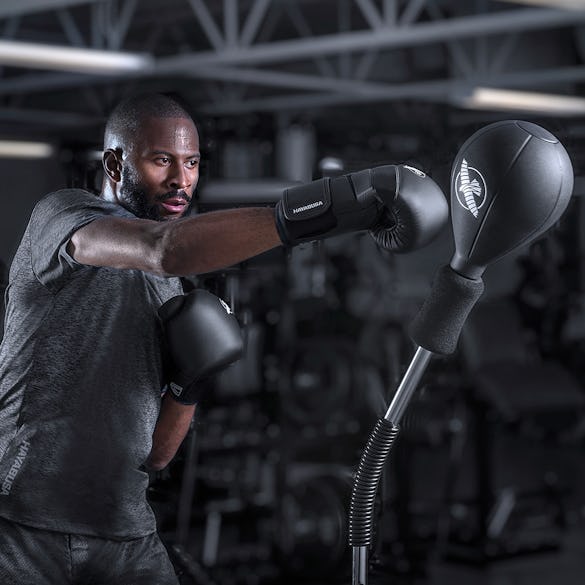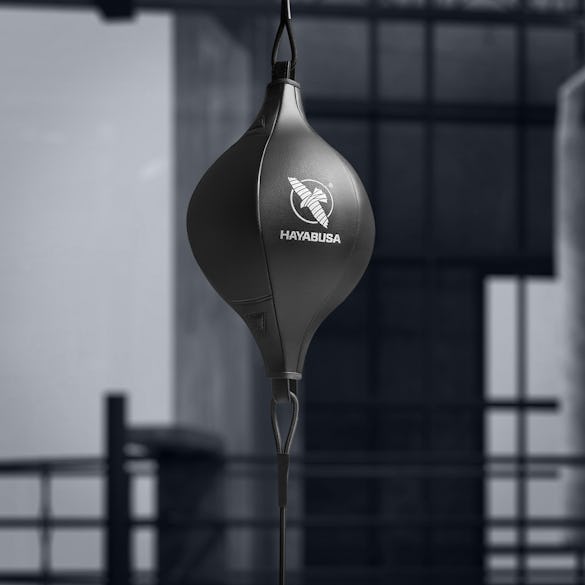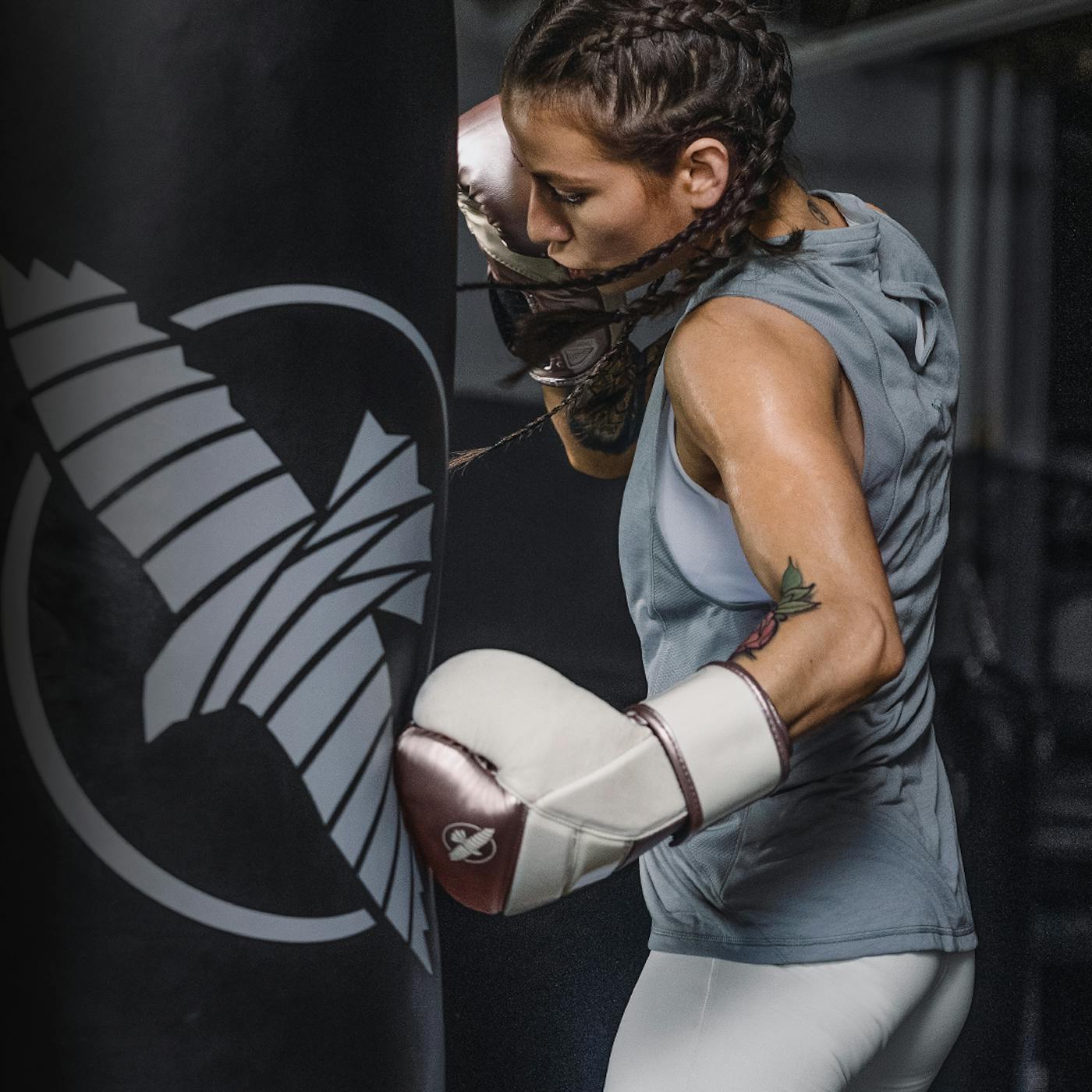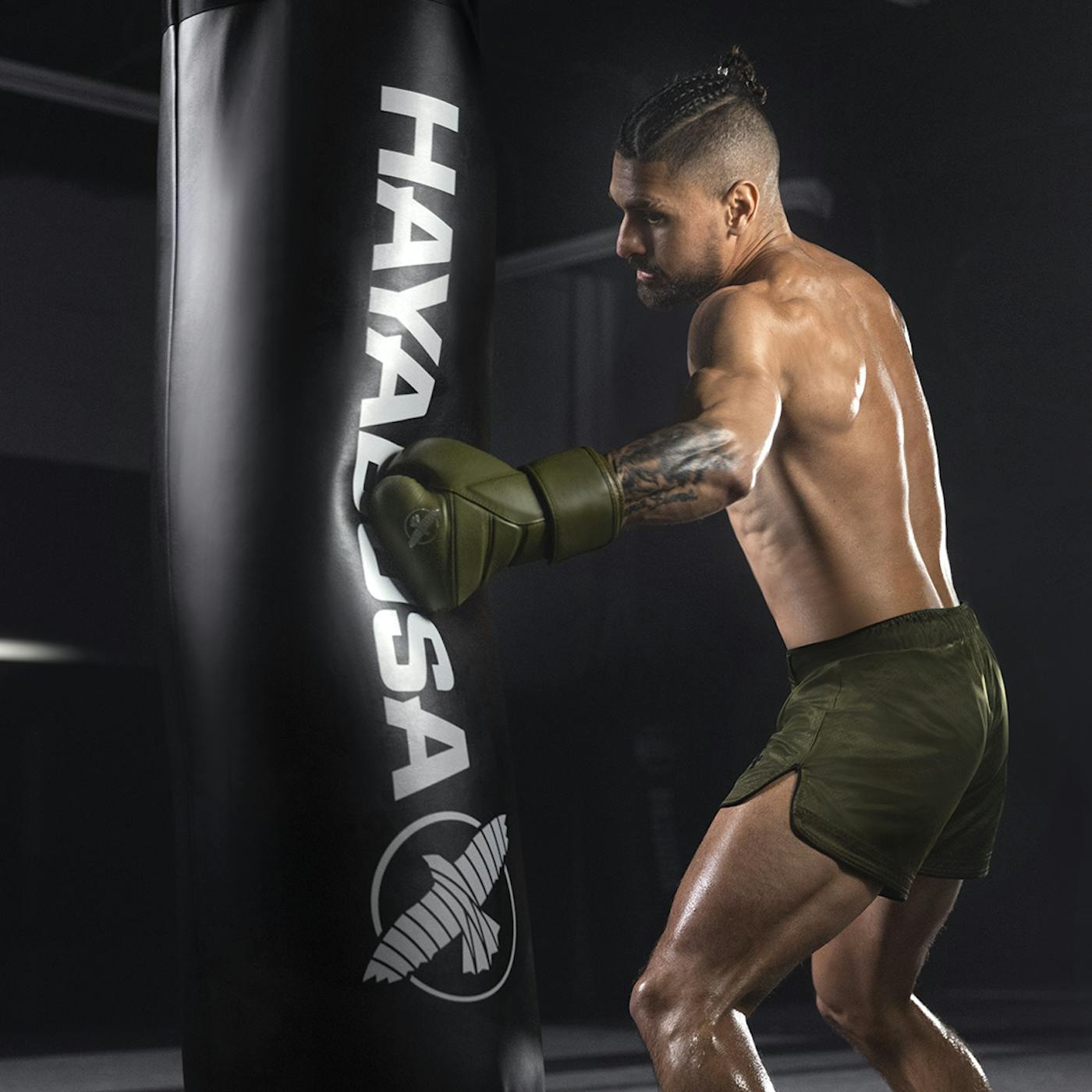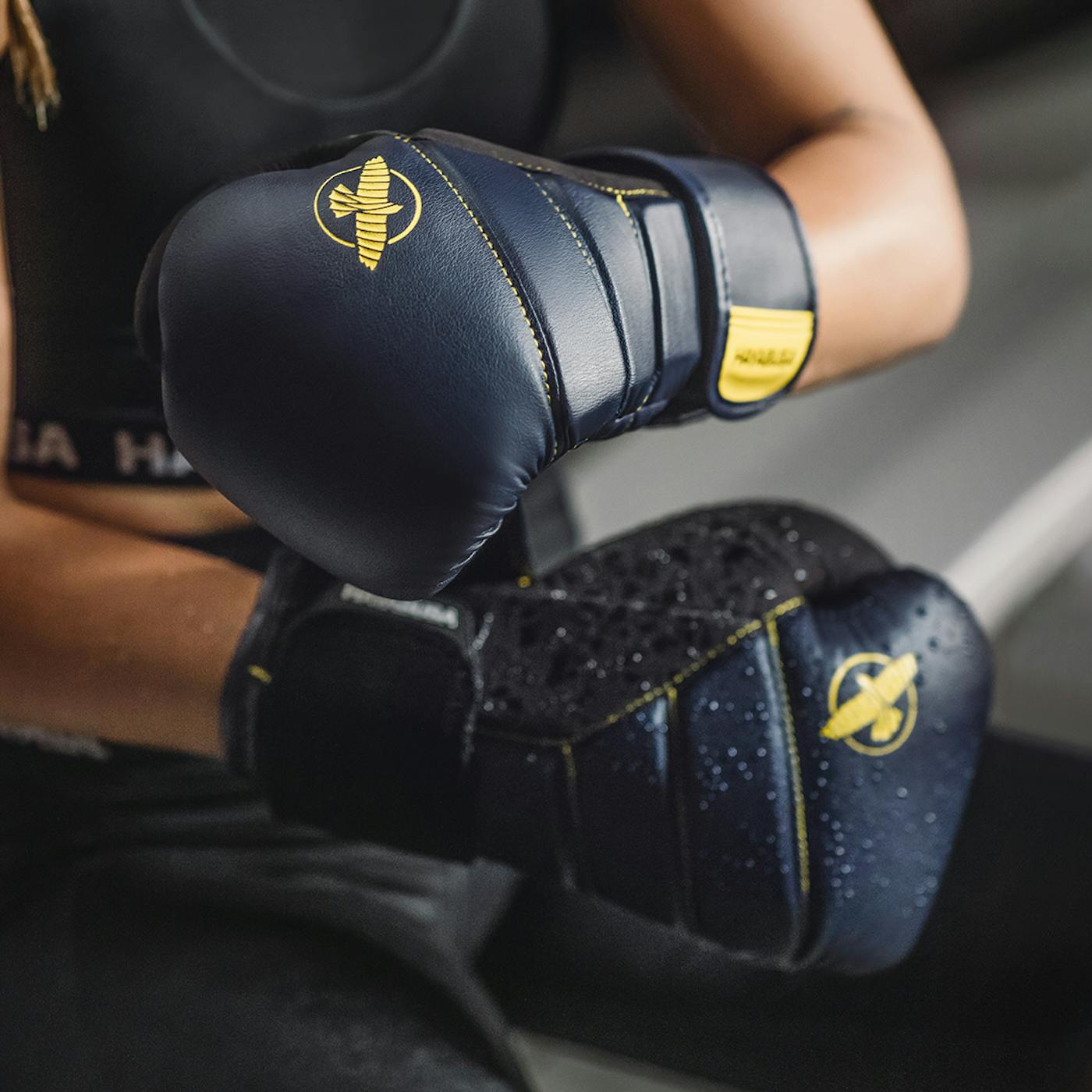Boxing involves powerful punching and knowing when to advance on an opponent. However, equally valuable is establishing good defensive positioning.
Boxing defense helps to prevent injury while also giving you time to set up your next series of punches. To master a solid defense, it requires working on coordination, agility, and maintaining strong fundamentals.
In this blog, we’ll share a few of the best defensive boxing drills to ignite your next combat session and have you feeling confident with your overall performance.
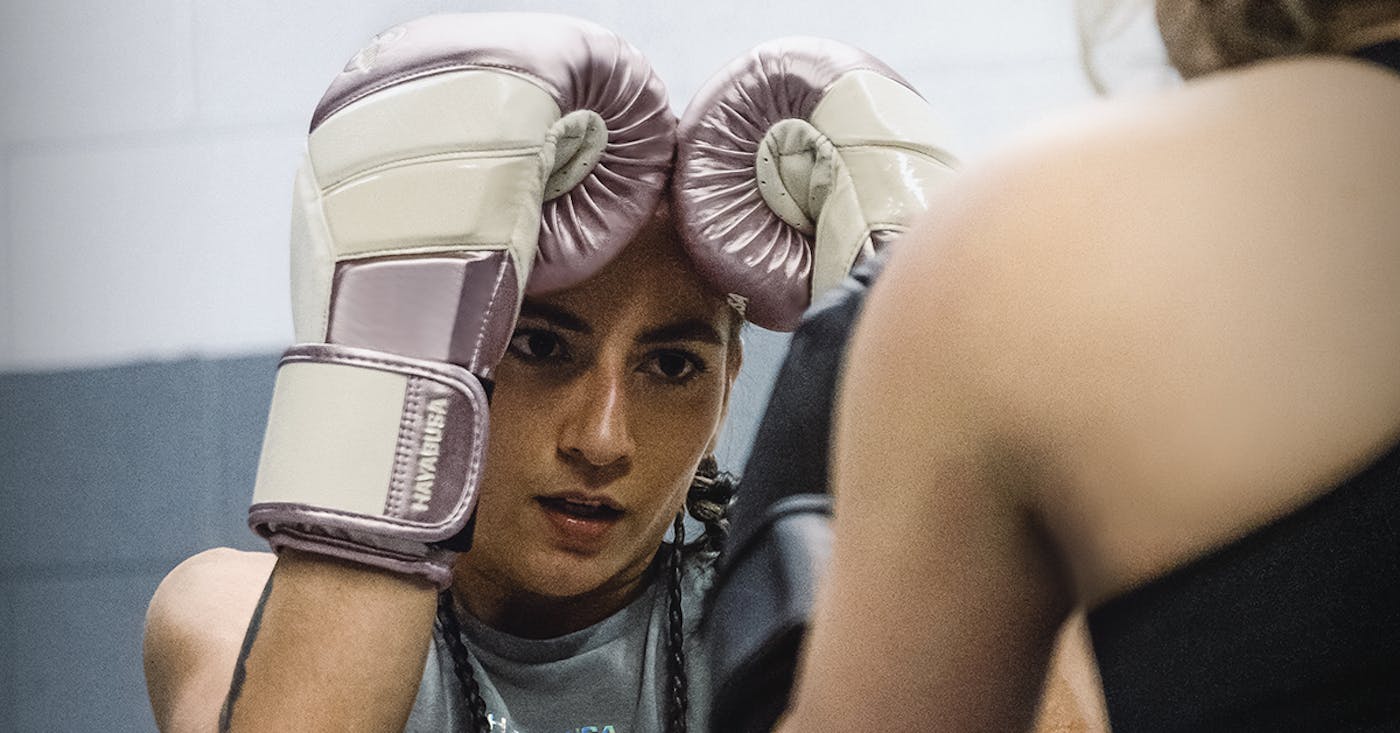
Bag Drills
Working with a punching bag is a mainstay for fighters as they train. It’s important to focus on accuracy as much as you do force.
And whether you use a heavy bag, double end bag, or reflex bag, it also trains you to stay agile as you throw punches to improve your defensive boxing. Boxing bags provide resistance when hit, which forces you to pivot out of the way.
Never stand still during boxing defense drills. Instead, stay loose with arms up and hands protecting the face at all times.

Which Punching Bag Should I Use?
There are various punching bags to choose from for your boxing drills. Each helps in a different way to improve your defensive strategy.
Heavy Bag
A heavy hanging bag is essential boxing equipment found in all boxing gyms. Though smooth and soft to the touch, these heavy bags, reaching nearly floor to ceiling, are designed to withstand the toughest beatings.
Start by giving the bag a slight push to get it moving back and forth. Then, practice punch combinations.
There are different types of punches in boxing, including the jab, cross, and hook. Once you establish familiarity with these, ramp up speed, and add in slips as you continue moving around the bag to avoid getting hit.
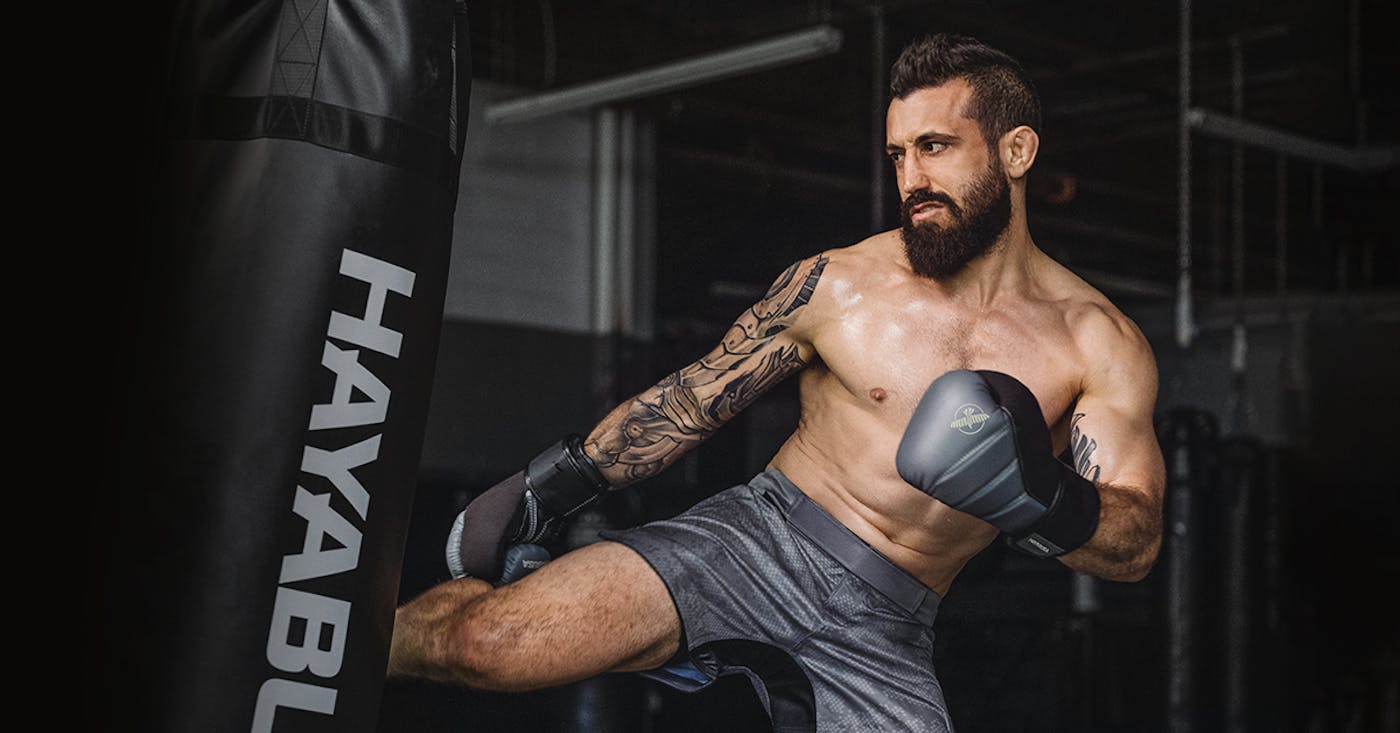
Double End Bag
Much smaller in size than the heavy bag, the double end bag tests your reflexes and endurance, two things you’ll need for optimal boxing defense.
It, too, is attached to both the floor and ceiling, but the round bag target sits approximately at eye level. Tight elastic cords spring back and forth every time it’s punched, which means you must constantly be moving to avoid being hit in the face.
Start by throwing a few jabs to get warmed up and practice slipping or ducking to keep the bag from fully bouncing back. As you get a comfortable rhythm, add in punching combinations, while either blocking or avoiding the return.
Hayabusa Cobra Reflex Bag

Hayabusa Double End Bag

Hayabusa Double End Ball

Hayabusa Heavy Bag

Reflex Bag
Reflex bags have a rapid recoil spring that helps you to develop defense maneuverability, as well as punch speed and accuracy. The heavyweight base keeps the bag in place as it bounces back from your punches.
One of the unique features of this bag is its adjustability, which allows you to practice defensive boxing moves with different heights of simulated opponents.
Mitt Training
A key part of boxing training is anticipating your opponent’s next move and your reaction time to it. Mitt or pad work can be a useful boxing drill to increase your speed and improve your footwork.
It helps when learning how to dodge and block punches. To avoid injury, start slow with a few combinations before ramping up speed. Maintain a strong boxing stance and always be shuffling to stay light on your feet.
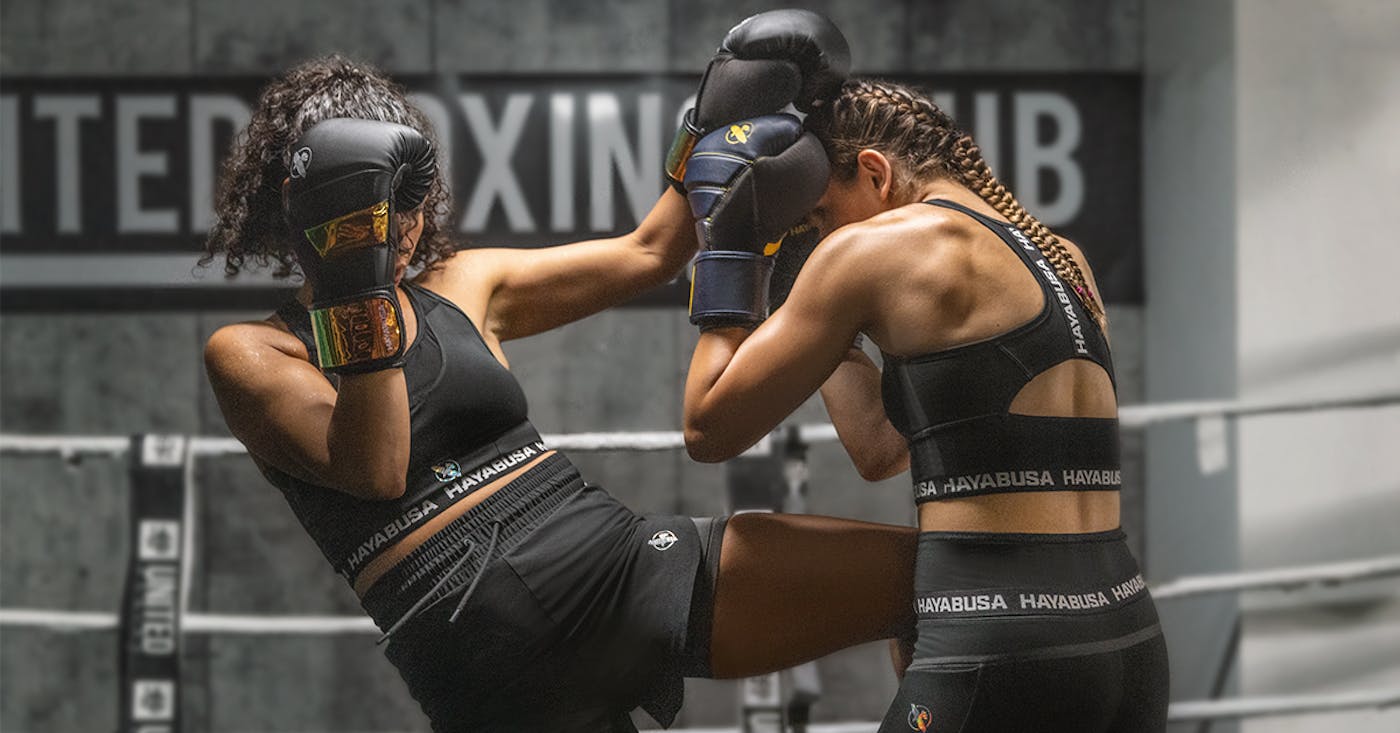
Slip Rope Shadow Boxing
Another popular boxing defense drill is shadow boxing. Step inside the ring and bob and weave inside and outside the rope. Or, if you’re in your home gym, simply connect a tightrope between two points.
Start at one end with your guard up. Slip under the rope and step up on the opposite side, changing sides as you move forward down the line.
Get the footwork and head movements down first. Then, add in punches as you come out of the weaves. This will help you focus your coordination and quick movements.
Not only are you boxing with a “shadow” opponent, you also have to be agile enough not to get caught up in the rope.
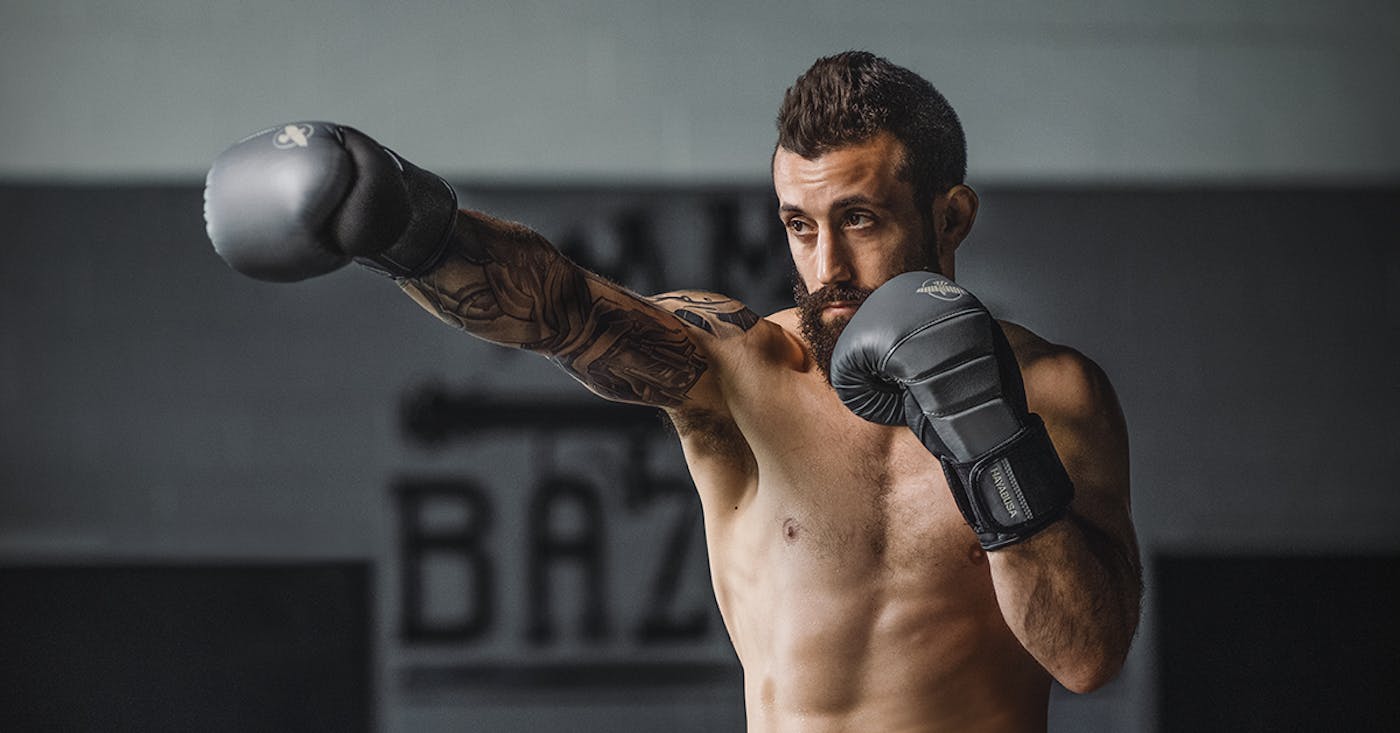
Partner Sparring
Once you’ve practiced your boxing techniques, time to put them to use against a sparring partner. Practicing with a person versus a bag requires you to stay focused and anticipate their punches.
There is controlled sparring which follows specific combinations to help you with form and timing. Then, there’s freestyle sparring when your defensive reactions kick in and your skills are put to the test.
As you continue to train, your sparring partner will anticipate your go-to boxing moves. Since the goal is to not get hit, sparring requires you to switch up your boxing footwork patterns and defensive moves to establish an element of surprise.
Hayabusa Pro Boxing Gloves

Hayabusa Pro Boxing Headgear

Hayabusa Pro Boxing Groin Protector

Hayabusa Pro Boxing Shoes

Secure Your Boxing Stance with Quality Boxing Gear
Boxing training is made up of several techniques and skills, and knowing how to defend yourself properly is at the top of the list.
But it doesn't end there—your journey is incomplete without the right boxing gear. Hayabusa steps into your corner, offering a comprehensive selection of top-tier boxing essentials.
From best boxing shoes to gloves and headgear, our range is crafted to give you the competitive edge, enhancing both your speed and agility. Let us be your ally in the pursuit of excellence, providing unwavering support from head to toe.
